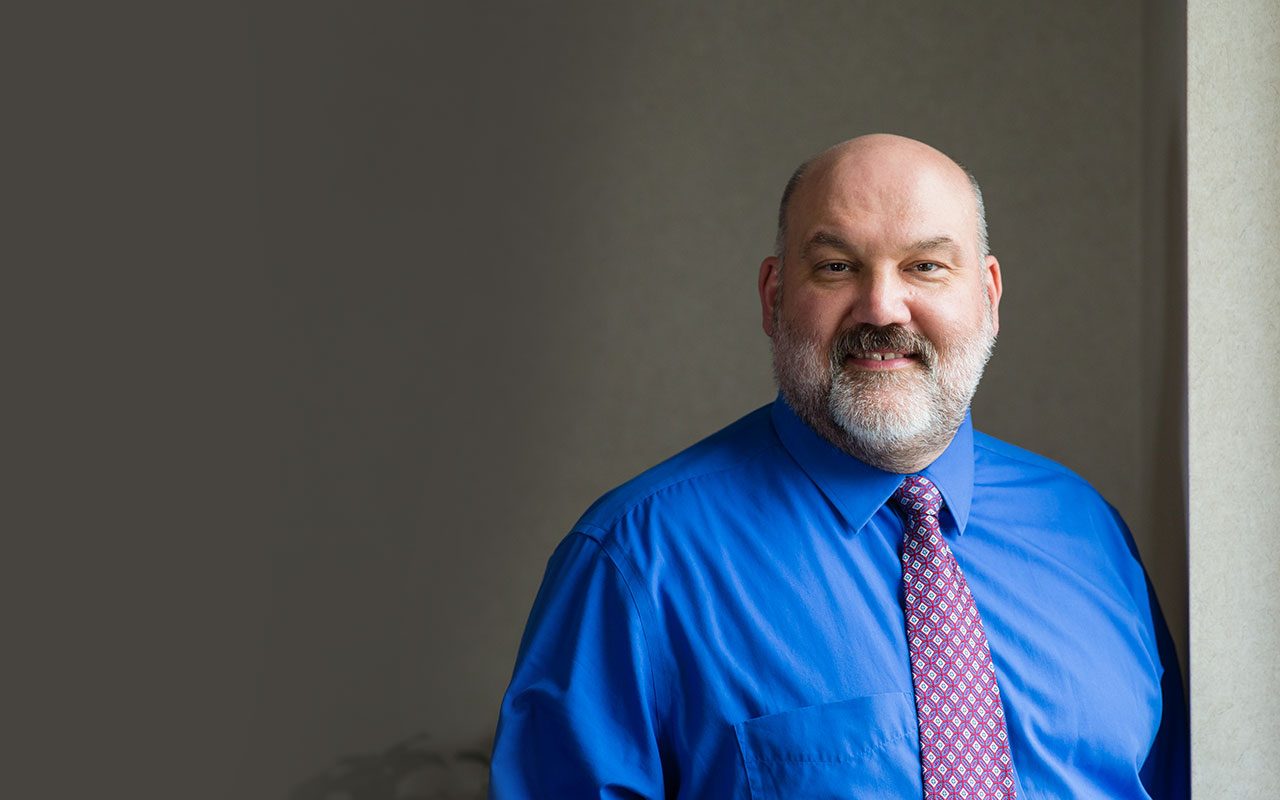Golf is a sport that millions of people love. It is a game of skill, patience, and precision. However, as much fun as it is to play, it can also be tough on the lower back, especially the lumbar discs. Many golfers struggle with back pain, and understanding the cause can help prevent serious injury.
The good news is that there are ways to protect your back while still enjoying the game. A golf swing modification called the “Natural Golf Swing” can help reduce the stress on your lumbar discs. And if disc pain has already started, a nonsurgical procedure called Discseel® can be a better alternative than spine surgery.
Let’s take a closer look at how golf affects the lumbar discs, how the Natural Golf Swing can help, and why Discseel is a smart option for those experiencing chronic back pain.
How Golf Damages Lumbar Discs
Golf might not seem like a dangerous sport, but the movements involved can put a lot of strain on the spine, especially the lumbar discs. The two most problematic motions in golf are:
- Bending forward – When a golfer bends to set up their swing or pick up the ball, it increases pressure on the discs in the lower back.
- Twisting the spine – A golf swing involves a powerful twisting motion that can stress the disc structure over time.
Each lumbar disc is made of a soft center (nucleus pulposus) surrounded by tough collagen fibers (annulus fibrosus). When too much force is placed on the disc, the collagen fibers can tear, leading to annular fissures. These small tears weaken the disc and make it more likely to protrude, bulge, herniate, extrude or cause chronic pain.
The repeated stress from golfing causes:
- Compression injuries – The downward force from bending and swinging squeezes the discs, making them wear out faster.
- Rotational injuries – Twisting movements pull on the disc fibers, causing tears over time.
As a result, golfers are at high risk of developing disc protrusions, bulges, herniations, extrusions and degenerative disc disease, all of which can lead to chronic low back pain.
The Natural Golf Swing: A Back-Friendly Alternative
Since golf puts so much strain on the lower back, many people have searched for ways to swing with less risk of injury. That is where the Natural Golf Swing comes in.
The Natural Golf Swing was inspired by the swing of a professional golfer named Moe Norman. Moe Norman was known for his simple and pain-free way of swinging a golf club. His technique was studied and modified to create a safer, more natural swing for everyday golfers.
How the Natural Golf Swing Protects the Lumbar Discs
The Natural Golf Swing reduces stress on the lumbar discs by changing key elements of the traditional golf swing:
- Wider Stance – A wider stance helps with balance and stability, so there is less need to bend forward, reducing disc compression.
- Upright Posture – Golfers using this swing stand taller rather than hunched over. This keeps the spine in a neutral position and decreases pressure on the lumbar discs.
- Less Rotational Strain – Instead of extreme twisting, the swing relies more on arm movement, taking pressure off the lower back.
- More Efficient Power Transfer – The club is held in a way that allows for a more direct impact with less force needed from the spine.
By switching to the Natural Golf Swing, many golfers have been able to continue playing without worsening their lumbar disc problems.
What If Back Pain Persists? The Discseel Solution
Some golfers with chronic lumbar disc pain become so frustrated that they consider spine surgery so they can keep playing the sport they love. However, surgery permanently changes spine anatomy. These procedures remove disc tissue and sometimes even bone, which can lead to instability in the spine. Once a part of the spine is altered surgically, it cannot be restored to its original condition.
A much more strategic option is Discseel®, a nonsurgical procedure that targets the root cause of lumbar disc pain—annular fissures.
Why Discseel Is Better Than Spine Surgery
- Seals the Disc Annulus – Instead of cutting into the spine, Discseel uses fibrin, a natural healing protein, to seal the tears in the disc wall.
- Stops Disc Leaks – Annular fissures allow irritating chemicals to leak from the disc, causing inflammation and pain. Discseel seals these leaks, reducing pain at the source.
- Prevents Further Damage – By reinforcing the damaged disc, Discseel helps prevent the problem from getting worse.
- Does Not Remove Bone or Disc Tissue – Unlike surgery, which removes parts of the spine, Discseel keeps everything intact and stable.
For golfers looking to continue enjoying the sport without the risks of spine surgery, Discseel® provides a strategic advantage. It repairs the disc instead of removing it, allowing for long-term relief and optimizes spine stability.
Final Thoughts
Golf is a wonderful sport, but it can be very damaging to the lumbar discs due to the repeated bending and twisting involved in the swing. Over time, this can lead to disc protrusions, bulges, herniations, extrusions, degenerative disc disease and chronic low back pain.
The Natural Golf Swing is an excellent way to modify your technique to reduce strain on the lumbar discs. By improving posture, reducing twisting, and maintaining better balance, it allows golfers to continue playing with less risk of injury.
For those who already have lumbar disc pain, Discseel®offers a nonsurgical solution that seals the damaged disc rather than removing it. This preserves spinal stability and provides lasting pain relief without the downsides of surgery.
By making beneficial changes to your swing and considering nonsurgical options like Discseel®, you can keep enjoying golf for many years to come—without sacrificing your spine health.

